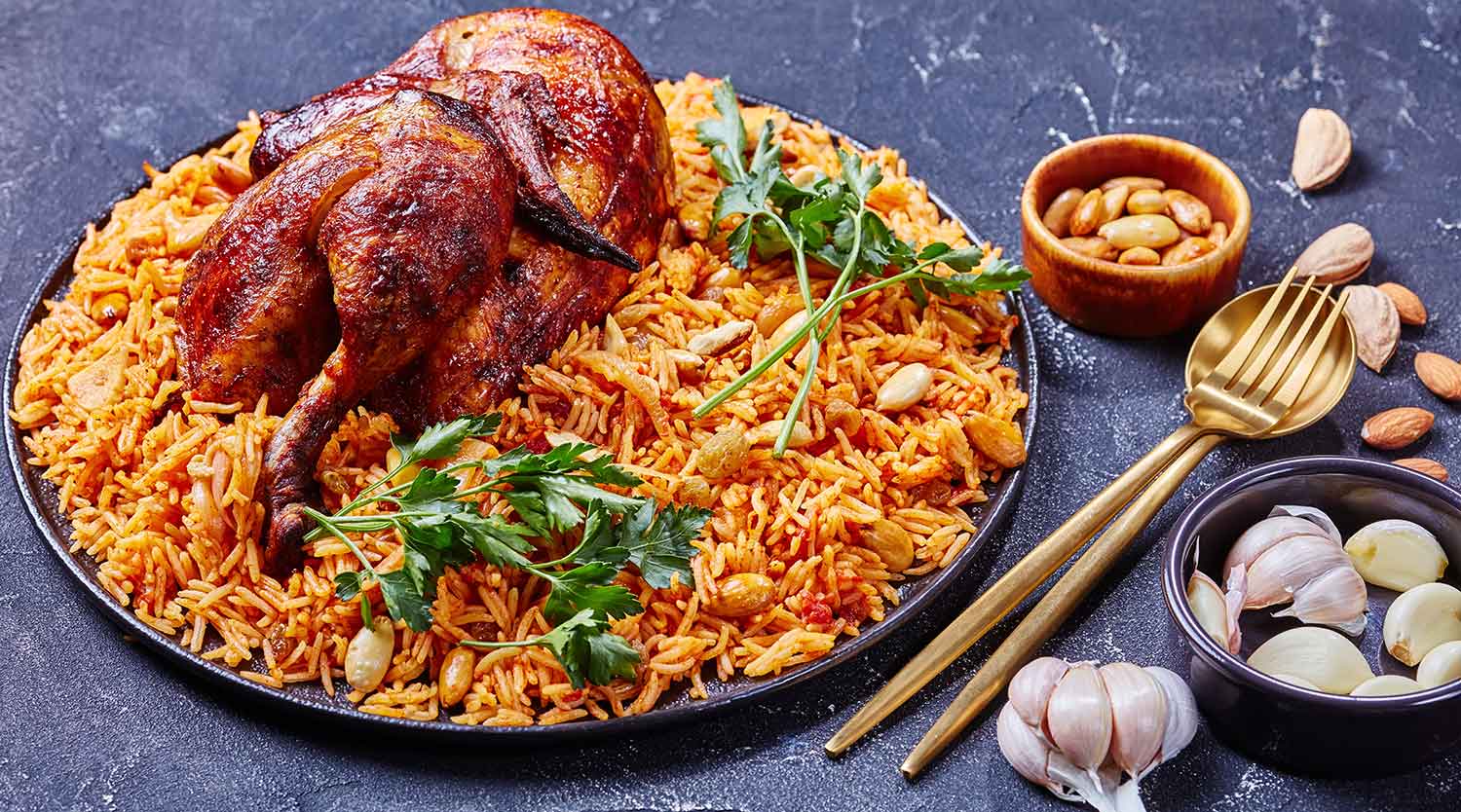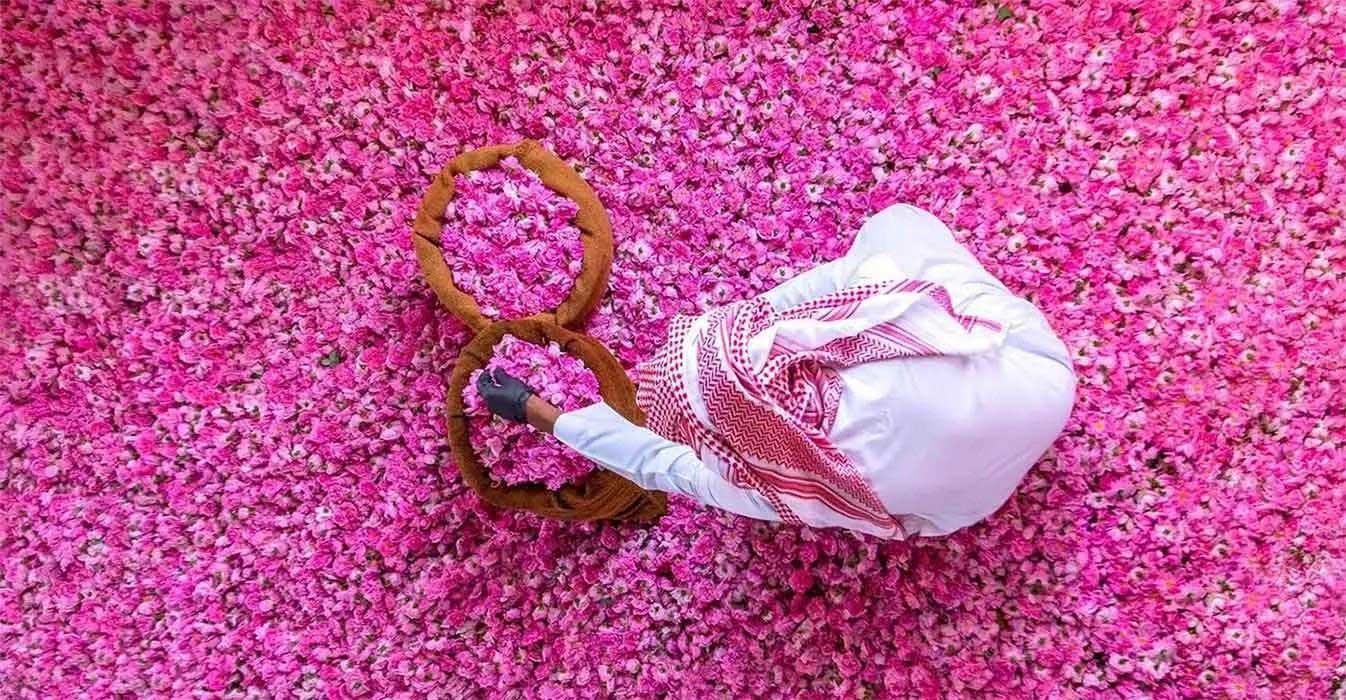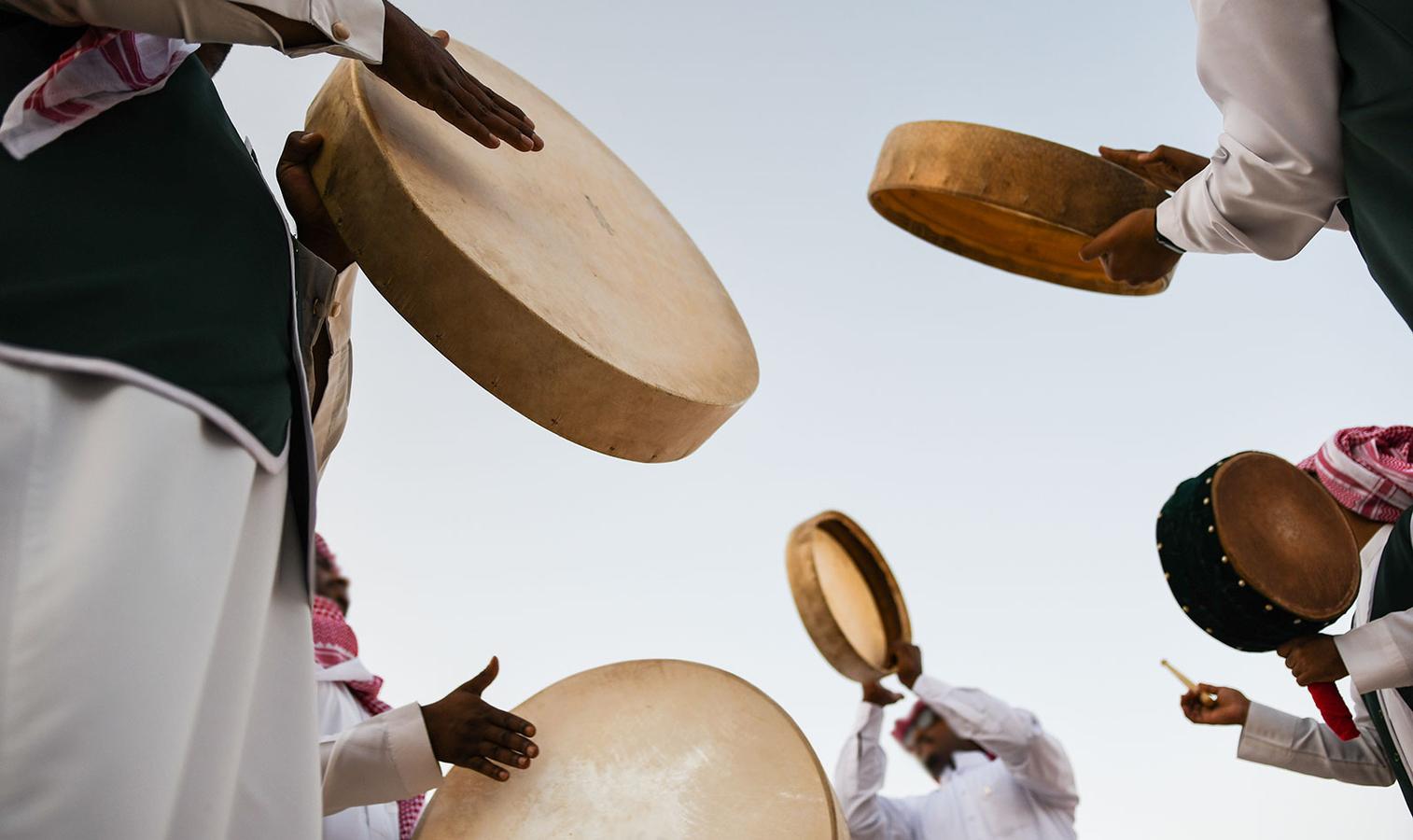A few weeks ago, I wrote an article about a movie called Salleq, which shares its name with a traditional rice meal in Saudi Arabia. However, I also realized that when it comes to popular rice dishes in Saudi Arabia, many Saudis, including myself, prefer Kabsa over Salleq.
This reminded me of an interview I conducted in the early Nineties with the coach of a Jeddah club, who happened to be a Serbian national. When I asked him about the challenges he faced, he mentioned that the players were physically prepared to meet the required standards. However, they struggled with understanding the diet plan. Interestingly, they would only accept a diet consisting of rice and beef, in other words Kabsa.
What is Kabsa?
Kabsa is an Arab mixed rice dish cooked with either meat or chicken. It is regarded a national dish in all the six Gulf States. Its taste, the meal is heavily influenced by the Persian and Indian dishes known as Biryanis due to the use of similar spices.
Although it originated in Yemen, this traditional combination of rice and meat/chicken is incredibly popular in Qatar and Saudi Arabia, where it is considered a national dish. While in the other gulf countries it is known under Kabsa or machboos.
Kabsa is cooked by making use of the water that was used for cooking fish or meat, and reusing it to cook the spiced, long-grain rice in it, thereby perfectly blending all the flavors and spices. Usually Kabsa is cooked with chicken or beef, or lamb.
Many different kinds of meats can be used in a Kabsa dish. Depending on the region, goat or even camel meat, which is popular in the area that consumes this meat, may be used. This iconic dish is typically made with long-grain rice, tender meat (such as chicken, lamb, or goat), and an blend of aromatic spices. The star spices of Kabsa include cardamom, cinnamon, cloves, and black lime, which infuse the dish with their distinctive flavors.
The preparation of Kabsa involves a careful balance of spices and ingredients to create a symphony of flavors. The meat is first marinated in a spice blend, which imparts a rich and fragrant taste. The rice is then cooked with the meat, allowing the grains to absorb the flavorful juices and spices. The result is a combination of tender meat, rice, and a medley of spices. Kabsa is often served on a large platter, requires more than one person to carry the plate with the fragrant rice forming a bed for the meat.
The bigger the occasion the bigger the plate. Serving the Kabsa with a goat is preserved for big occasions and require long tables and many people. The easiest Kabsa deal, more causal would be with chicken. The dish is typically garnished with toasted almonds, raisins, or fried onions, which add texture and additional layers of flavor. There are a set of of side order that are enjoyed with Kabsa - the cucumber yoghurt salad and a few appetizers like Sambousa and tomato salad all served in small portions to complement.
Saudis and Their Kabsa
When it comes to traditional Saudi Arabian cuisine, one dish reigns supreme — Kabsa. This aromatic and flavorful rice dish holds a special place in the hearts and palates of Saudis. In terms of its overall makeup, this dish is somewhat similar to other ethnic dishes like the Spanish paella, where rice is simmered with spices and other meat and vegetable elements are added. Kabsa comes in many different varieties, according to various family recipes that have naturally been handed down through the ages.
Origins of Kabsa
I read in an article a person claiming that Kabsa has several meanings, none of them has anything to do with food. The origin of Kabsa can be found in the Spanish word “paella”, which was derived from the Arabic word “baqiyah” for leftovers.
Paella as a dish was made from leftovers and was common among the servants of Andalusian kings in the eighth century CE. It is said that one of those kings entered the kitchen one day and found the servants eating paella. He tasted it and found it to be delicious and then asked them what it consisted of. They told him it was made from leftovers. The king liked the dish so much that he often asked his cooks to prepare it.
The Spanish love this dish and prepare it every Sunday. In Morocco, paella is a popular dish, especially in the north where the Andalusian influence is obvious. You can also find it served in many Moroccan restaurants.
Cultural Significance
Beyond its delectable taste, Kabsa holds a special place in Saudi Arabian culture. It is a dish that is always present at big gatherings, often enjoyed during festive occasions, weddings, and family gatherings. Also, at funerals when families send food, it is usually Kabsa because it combines a lot of everything.
It is a dish that no one will say no to, guaranteed as a success. I often heard my parents when inviting guests over debating what to cook, "ah, let's do Kabsa," as it is guaranteed a success and a sense of welcoming the guest.
What I find nice is that no matter what menu is being served, whether Italian buffet or Chinese or Lebanese in an occasion, be assured that a Kabsa will be served. Most male students, when leaving home, have one secret weapon in their pockets – they know how to cook Kabsa. The one dish only.









0 Comments
No comments yet. Be the first to comment!